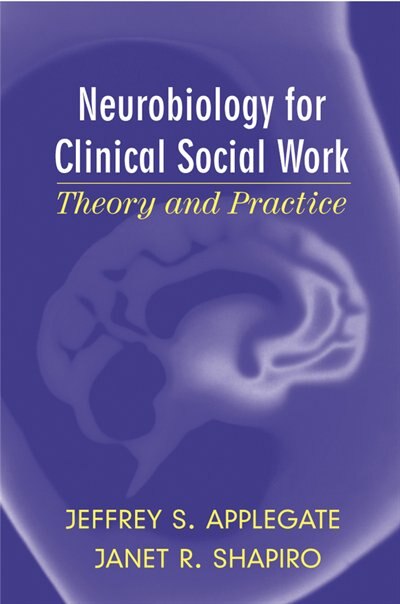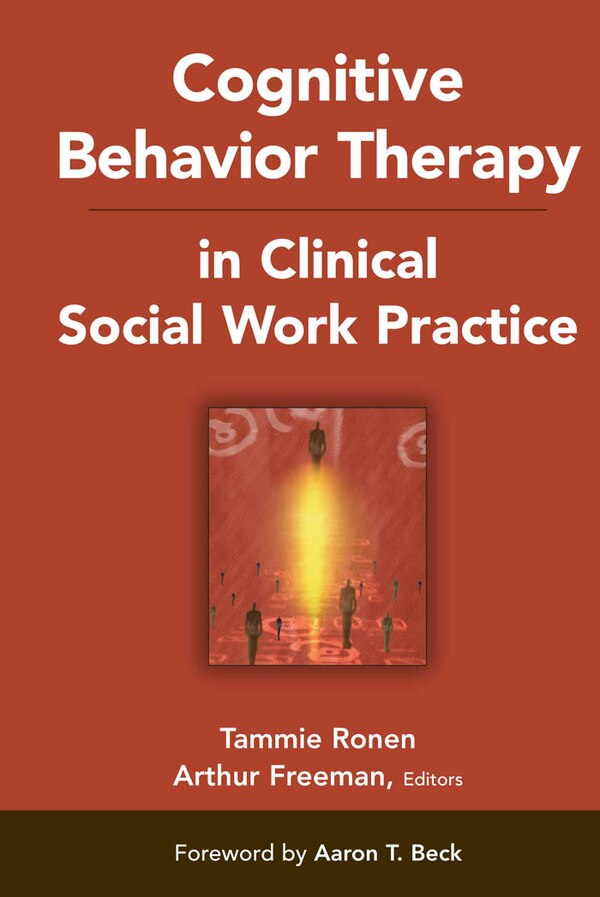
Compare Neurobiology For Clinical Social Work by Jeffrey S Applegate, Hardcover | Indigo Chapters
Jeffrey S Applegate
$34.50
The last fifteen years have produced an explosion of research on the neurobiology of attachment. This research, which explores the ways in which affect regulation play key roles in determining the structure and function of the developing brain and mind, has led to a revolution in the way that parent-child relationships are viewed. Although these insights have informed psychiatry as well as cognitive and psychoanalytic psychology, their application to social work practice, education, and research has been lacking. Here for the first time ever, social work educators Jeffrey Applegate and Janet Shapiro demystify neurobiology and present it anew with the social work audience specifically in mind. Social workers, by virtue of their work with at-risk children and families, occupy a unique position from which to employ this new research in prevention and intervention. This lack of education about neurobiology has unfortunately fostered misconceptions among social workers that these theories are too academic and thus irrelevant to clinical practice. Neurobiology for Clinical Social Work corrects this misconception and introduces social workers to the powerful and practical ideas that are coming out of neurobiological research. The research summarized here offers new insights about the crucial role that relationships play in human development and in professional helping efforts. To set the stage for this inquiry, the authors introduce fundamentals of brain structure, development, and functioning in the first parts of the book. This introduction is intended as a primer and proceeds from the assumption that many readers are relatively unfamiliar with the field of brain science. Building on this foundation, the authors go on to describe the manner in which memory and affect regulation are neuropsychological processes. The next chapters of the book delve into the concepts of attachment. Specifically, the authors are concerned with how precursors to attachment evolve during the earliest months of an infant’s life and how various attachment classifications (secure, insecure, disorganized) lead to affect regulation—the ability of a child to regulate emotion. Throughout the book these concepts are discussed in the context of what social workers face when trying to find explanatory structures for the ways in which early childhood experiences affect later life. Later chapters turn even more directly toward practice. Using case examples—including adolescent parents and their children, children with a depressed parent, and children of substance abusing parents—Applegate and Shapiro show clinicians how to make use of neurobiological concepts in designing treatment plans and interventions. One chapter contains three extended case examples, with commentary, representing the three most common intervention models taught in schools of social work—psychodynamic, cognitive-behavioral, and systemic. Various settings, such as community mental health, family service agencies, and child welfare, are also discussed. In order to be effective and meet the complex challenges of the twenty-first century, social work professionals must join with their colleagues in other disciplines in coordinated efforts to integrate and apply newly emerging knowledge toward the enhancement of human well-being. Neurobiology for Clinical Social Work is a great place to start this process of integration and learning. | Neurobiology For Clinical Social Work by Jeffrey S Applegate, Hardcover | Indigo Chapters







